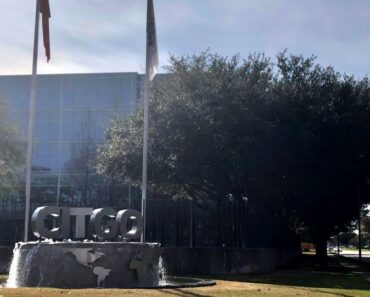This post was originally published on this site

Still, earnings per share missed analysts’ estimates, sending shares lower.
Packaged food makers have so far faced little pushback from consumers on price increases forced by surging costs, but analysts and companies have raised concerns that demand may suffer.
Sales in Tyson’s chicken unit were $4.37 billion, up 25% from a year ago, as prices soared 20.1% and volumes eased.
Tyson said it raised meat prices to offset surging inflation, including $145 million of higher costs for feed ingredients in the April to June quarter.
Tyson has sought to improve performance in the chicken unit after struggling to meet demand to produce consistent results.
“The turnaround of our chicken business continues,” Chief Executive Donnie King said.
Global poultry meat prices reached an all-time high in July, while overall food prices edged further away from records hit in March, the United Nations food agency said last week.
Average sales prices for Tyson’s beef decreased 1.2% in the quarter as demand eased for premium cuts, the company said. Sales volumes in beef, the company’s largest segment, still increased 1.3%. The unit reported an adjusted operating margin of 10.2%, down from 12.7% in the previous quarter and 22.6% a year ago.
In Tyson’s pork business, sales volumes and prices decreased amid reduced export and retail demand, the company said. Tyson lowered its forecast range for operating margins to 3% to 5% in fiscal 2022 from a previous estimate of 5% to 7%.
Tyson also trimmed its projection for capital expenditure to $1.9 billion from $2 billion.
Overall, the Jimmy Dean sausage maker’s quarterly sales increased to $13.50 billion from $12.48 billion a year earlier. Analysts on average had expected sales to be at $13.25 billion, according to IBES data from Refinitiv.
Adjusted earnings per share were $1.94 for the quarter, missing estimates of $1.98.


